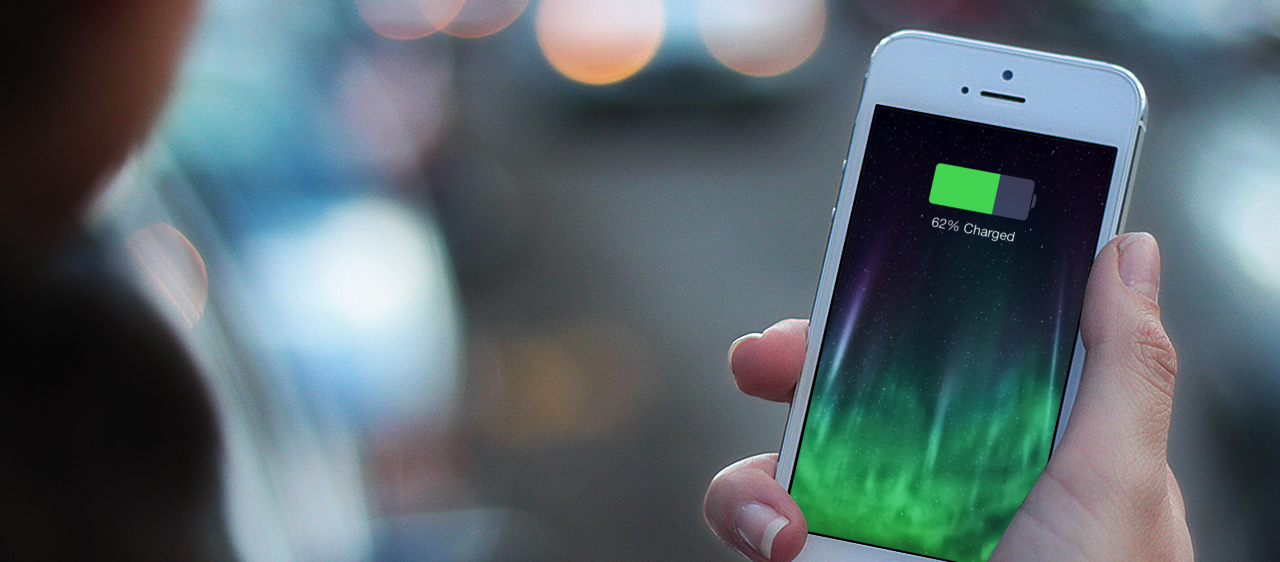As is always the case every time a new iPhone is released, or a major iteration of its software pops up on Apple’s servers, the planet goes into meltdown about battery life. It’s almost as predictable as Apple’s iPhone release schedule, and it’s getting old.
I was already pondering how Apple’s newly released iOS 8 was performing for people when I read iMore’s post covering its new battery shaming feature. Rene does a great job explaining how iOS 8 monitors app usage and then plots out a percentage of the battery drain that app has caused. The reasons for that drain are plenty, and the important thing to remember is that they’re not all bad.
Reasons for apps using a lot of battery could be that they use location services in order to work some magic, or that they wake up frequently in the background in order to pull down an updated list of to-dos from their sync server. They could be doing all sorts, and that’s usually a good thing.
Take Dropbox and Google, nee Google Search. Both use a hefty percentage of my battery life, because both run regularly in the background. Dropbox monitors my location – using WiFi, not GPS – in order to upload new photos. Google does a similar thing to offer traffic and location-based info when I need it, as well as pulling the latest news into the app so I don’t have to wait for it to refresh when I open it. Both are valuable additions to my app arsenal, and yes, both can work with those particular features disabled.
But isn’t that somewhat missing the point?
Yes, I can get that percentage down – make iOS 8 stop shaming both apps and, theoretically, make my iPhone a nicer place to be. But it won’t, because I’ll lose functionality. In a day and age where my iPhone is the computer I use the most – bar the one I use at work, arguably – shouldn’t I let it be as useful as can be?
I fear that Apple’s new naming and shaming tactics will have two undesirable affects.
1) Developers will unfairly come under fire for apps that are supposedly draining battery at a higher rate than people think they should. Tweetbot is a good example of that, because it lives towards the top of most people’s battery hog list. But it’s running in the background refreshing every-so-often so that your feed is up-to-date. And, I’m willing to bet, you’re dipping in and out of it every five minutes to see what’s going on in the world. In short, if it’s being used, it’s going to use battery, isn’t it?
2) People will start turning features off in order to appease the battery life Gods. If that happens, will developers simply stop putting the time and effort into making awesome apps that do awesome things if people turn off the radios they need, or disable the background refresh that stops a delay in waiting for data to update upon launch? Only developers can answer that.
There’s another factor at play here, too: the ‘normals.’
I can’t be the only family tech support guy that’s waiting for the phone call from a family member asking why ‘Home & Lock Screen’ is using so much power. It’s going to happen, and I don’t have an answer. Explaining all the ins and outs of how iOS works or how their podcast app of choice is downloading hundreds of megabytes of files in the background is not something I relish, but I fear it’s an inevitable conversation.
Apple has always kept information like this back in order to shield users from what goes on at the sausage factory. Sometimes it really isn’t the best policy.
In giving us the fine-grained battery information some of us have been begging for, Apple may have created a monster.
Here’s hoping the larger batteries in the iPhone 6 and iPhone 6 Plus can slay it.
